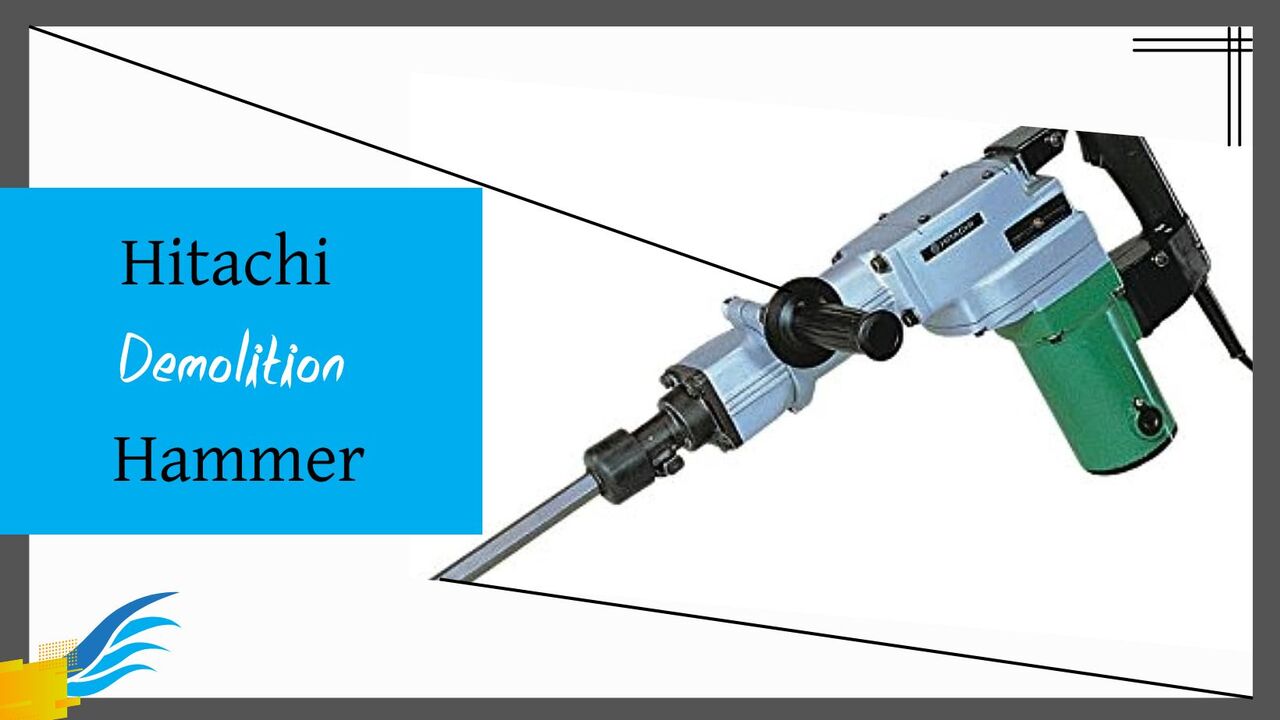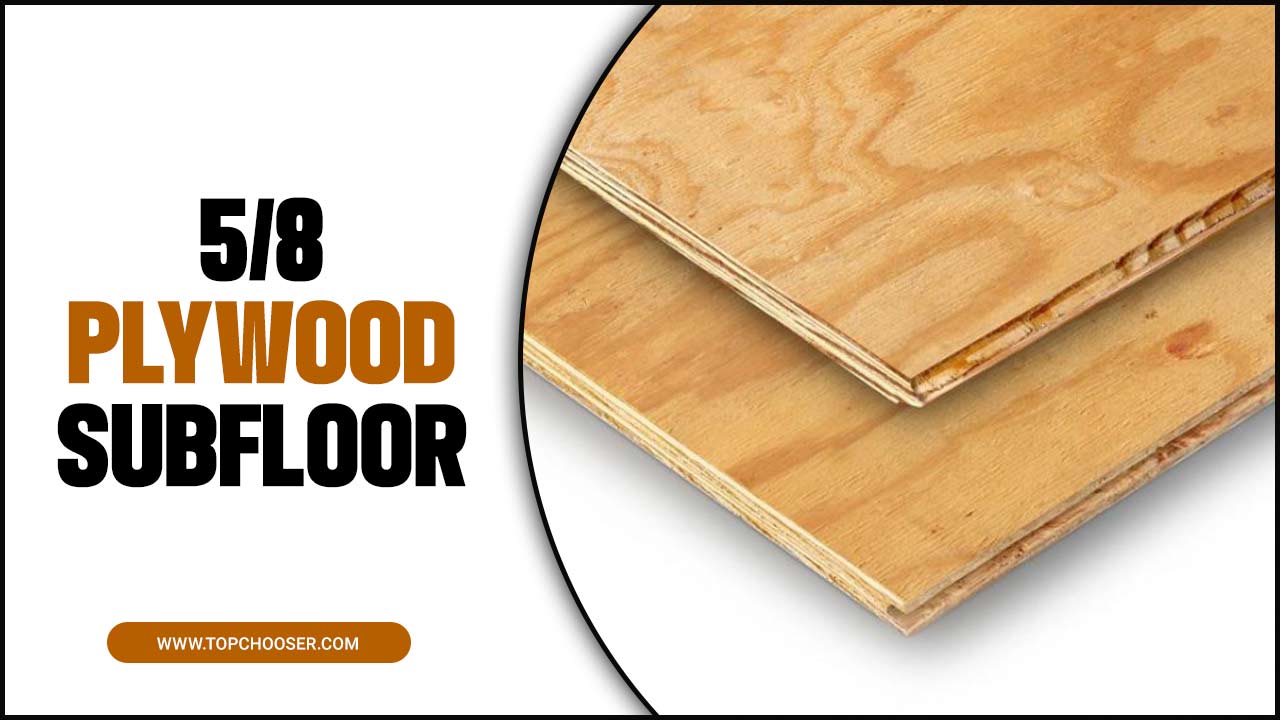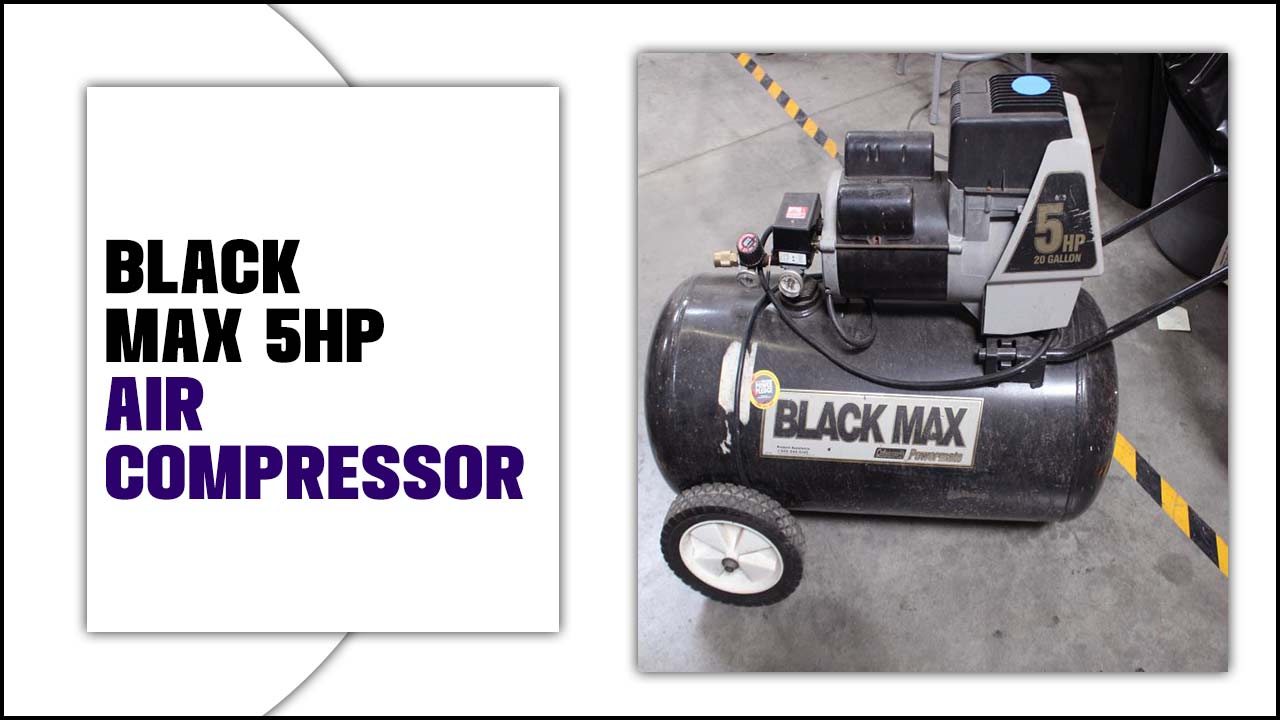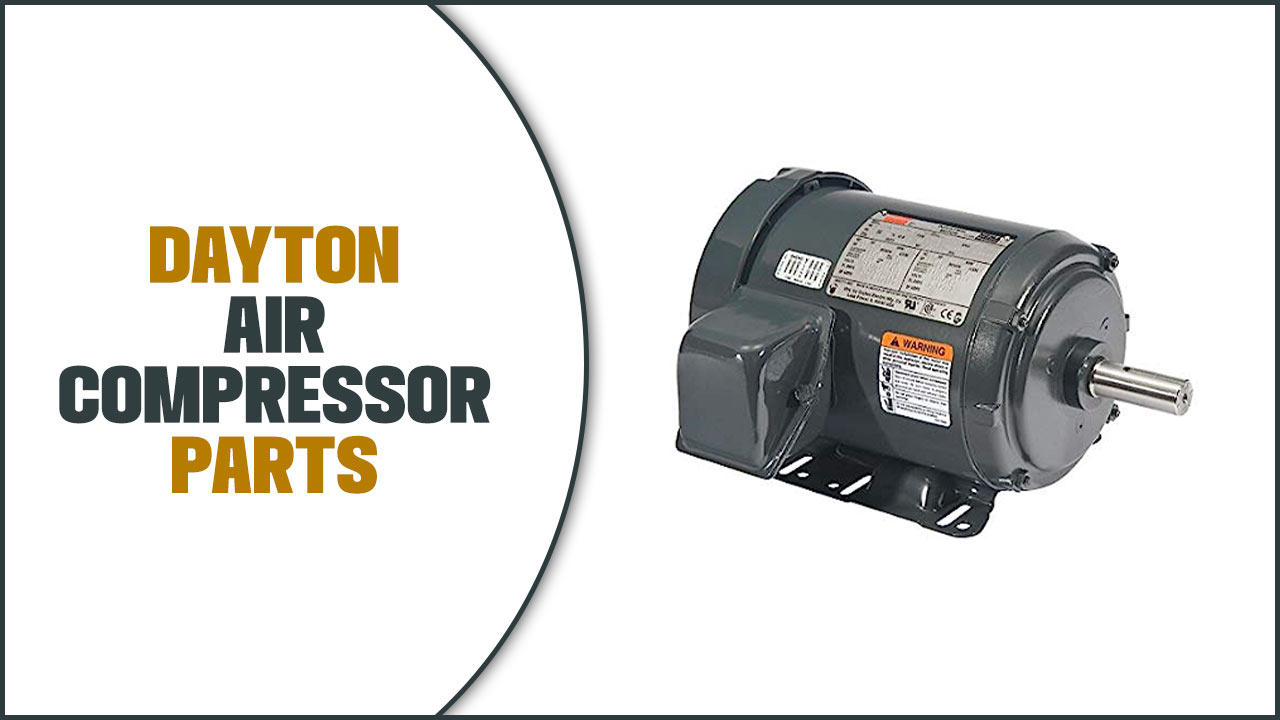Imagine walking into a big warehouse or gym. It feels dull and gloomy, doesn’t it? Now picture bright lights flooding the space. Suddenly, everything looks lively and welcoming. This change comes from using high bay lights. These lights can transform any large area. But how many high bay lights do you need?
Finding the right number of lights can be tricky. Too few lights make spaces dark and uninviting. But too many can waste energy and money. Ever wondered how businesses decide on the perfect amount? Understanding your space is the first step.
In this article, we will explore how many high bay lights you need. We’ll cover simple tips and fun facts to help you light up your area just right. Let’s discover together how bright ideas can brighten your space!
How Many High Bay Lights Do I Need For Optimal Illumination?
When It Comes To Lighting Large Spaces Such As Warehouses, Gyms, And Manufacturing Facilities, High Bay Lights Are Often The Go-To Solution. However, Determining How Many High Bay Lights You Need Can Be A Challenge. This Article Will Guide You Through The Essentials To Help You Calculate The Ideal Number Of High Bay Lights For Your Specific Environment.
Understanding High Bay Lighting
High Bay Lights Are Designed To Illuminate Areas With High Ceilings—Typically 15 Feet And Above. They Provide Bright, Focused Illumination That Can Ensure Safety And Comfort In Workspaces. It’S Crucial To Assess The Specific Requirements Of Your Space, Including The Height Of The Ceilings, The Layout Of The Area, And The Tasks Being Performed.
Key Factors To Consider
1. **Ceiling Height**: The Height Of Your Ceiling Directly Affects How Far Light Will Spread. Higher Ceilings May Require More Lights Or Higher Wattage To Ensure Even Coverage.
2. **Space Dimensions**: Measure The Length And Width Of The Area To Determine Its Overall Square Footage. Larger Spaces Will Typically Need More Fixtures.
3. **Lumen Output**: Different High Bay Lights Offer Varying Lumen Outputs. You Need To Determine How Many Lumens Are Necessary To Achieve The Desired Brightness For Your Specific Tasks.
4. **Light Distribution**: Understand The Beam Angle Of The High Bay Lights You Choose. Wider Angles Can Cover More Area, While Narrower Beams Are Better For Focused Illumination.
5. **Application Needs**: Consider The Activities That Will Take Place In The Space. Areas Requiring Detailed Work, Like Assembly Lines, May Require Brighter Lighting Compared To Spaces Used For General Storage.
Calculating The Number Of High Bay Lights
To Calculate How Many High Bay Lights You Need, Follow These Steps:
1. **Determine The Total Lumen Requirement**:
– Use The Formula:
\[
\Text{Lumens Required} = \Text{Area (Sq Ft)} \Times \Text{Footcandles Needed}
\]
– Footcandles Are A Measure Of Light Intensity And Vary Based On The Space Function. For Example, A Warehouse May Require About 10-20 Footcandles, While Detailed Task Areas May Need 50-100 Footcandles.
2. **Identify The Lumens Per Fixture**:
– Check The Specifications Of The High Bay Lights You Are Considering. Most High Bay Lights Provide Between 10,000 To 30,000 Lumens.
3. **Calculate The Number Of Fixtures Needed**:
– Divide The Total Lumen Requirement By The Lumens Per Fixture To Determine How Many Fixtures You Will Need.
– Example: If Your Space Requires 40,000 Lumens And You Choose Fixtures That Provide 20,000 Lumens Each:
\[
\Text{Number Of Fixtures} = \Frac{40,000 \Text{ Lumens}}{20,000 \Text{ Lumens/Fixture}} = 2 \Text{ Fixtures}
\]
Conclusion
By Considering The Factors Outlined And Performing The Necessary Calculations, You Can Effectively Determine How Many High Bay Lights You Need For Optimal Illumination In Your Space. Proper Planning Not Only Enhances Visibility But Also Improves Safety And Efficiency In Your Operations. Remember To Consult With Lighting Experts If You’Re Unsure About Any Aspect Of Your Lighting Design.
How Many High Bay Lights Do I Need?
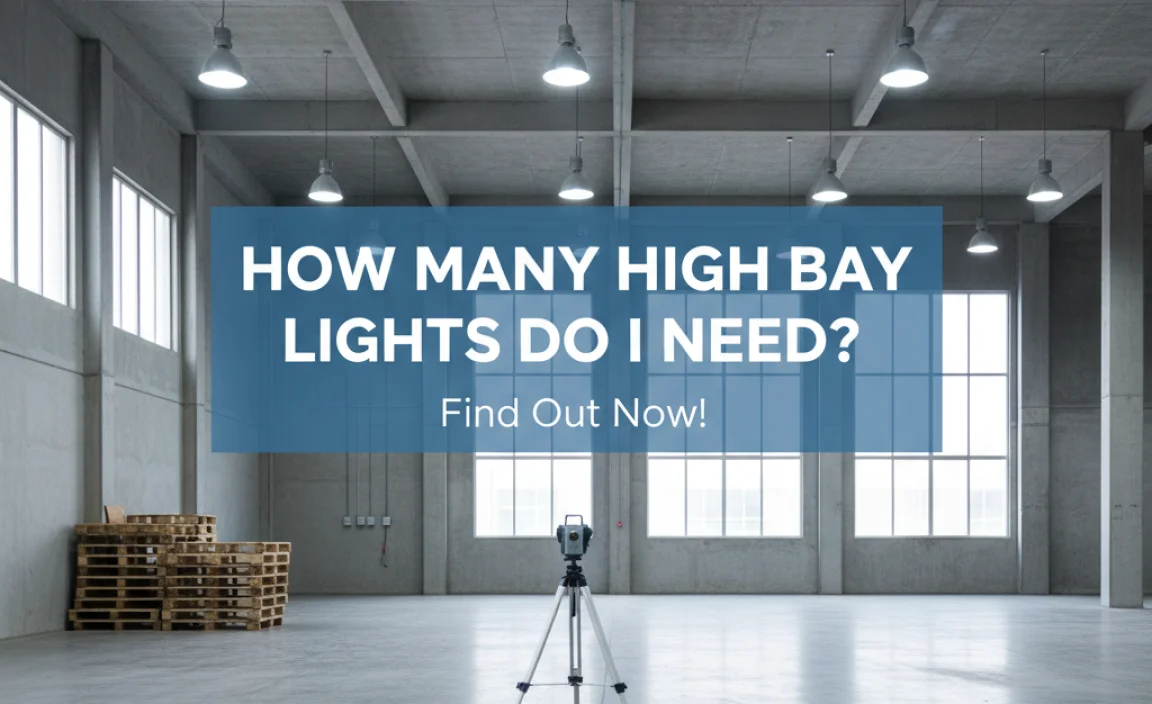
Finding the right number of high bay lights is key for your space. To get it right, consider the room’s size and the brightness needed for your tasks. Each light covers a certain area; knowing this helps avoid dark spots. Did you know that a well-lit area boosts safety and productivity? Calculate your lighting needs by using the right formulas. With the perfect number of lights, your space will shine bright!
Understanding High Bay Lighting
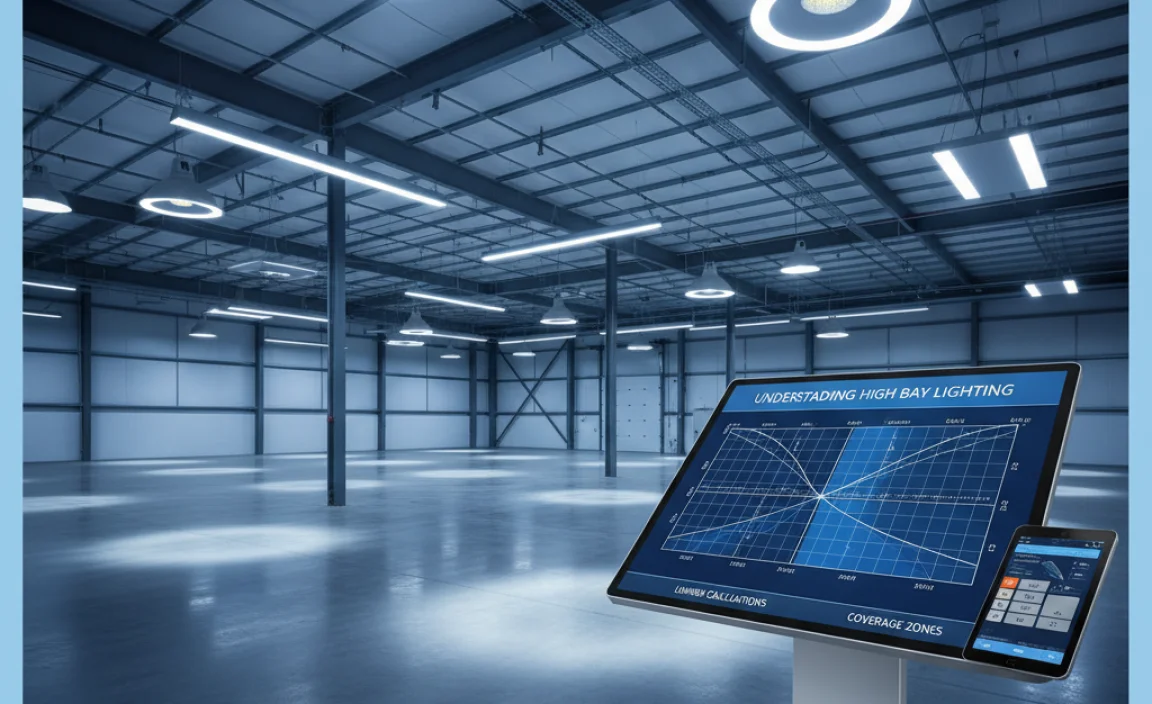
Definition and purpose of high bay lights. Common applications and settings for high bay lights.
High bay lights are special fixtures designed for tall spaces. They provide bright, clear light where needed most. Their main purpose is to light up large areas safely. You can find high bay lights in places like:
- Warehouses
- Factories
- Gymnasiums
- Retail Stores
These lights help improve visibility, making work and activities easier and safer. With the right lighting, spaces feel more welcoming and productive.
What are common applications for high bay lights?
Common applications include:
- Warehouse lighting: Helps workers see clearly.
- Industrial settings: Ensures safety around machines.
- Retail environments: Highlights products for customers.
Factors Influencing the Number of High Bay Lights
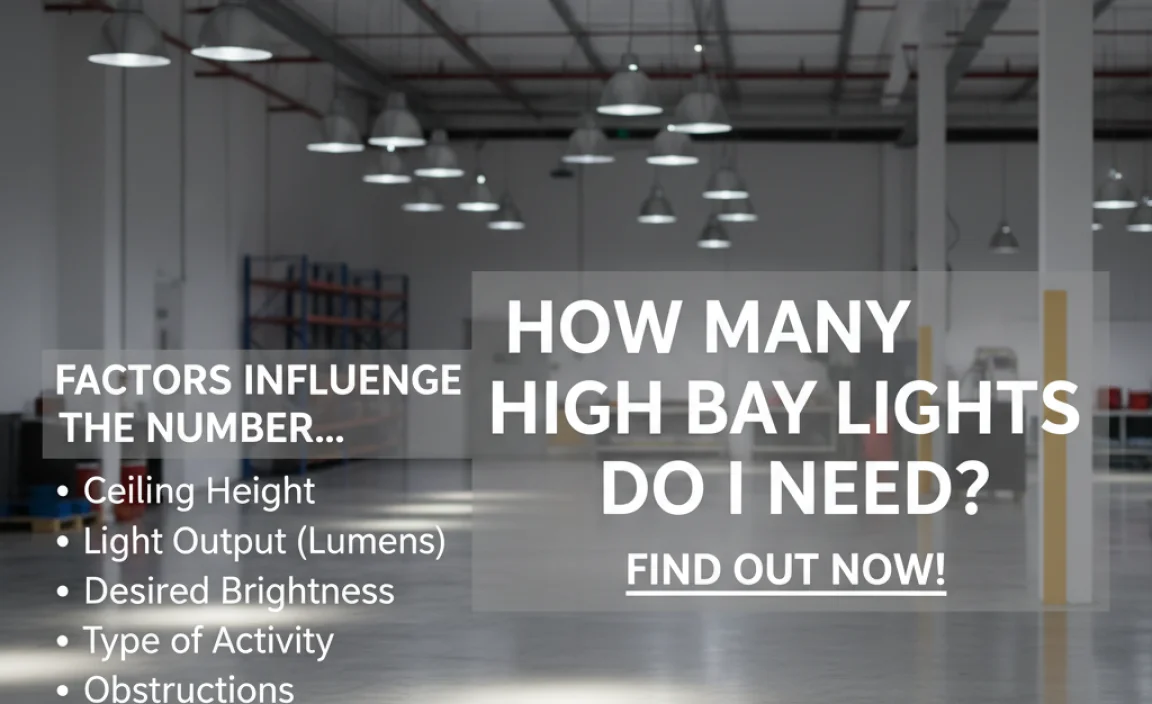
Ceiling height considerations. Area size and layout specifics.
Several factors affect how many high bay lights you need. One key point is the height of the ceiling. Taller ceilings need more light to brighten the space. Also, the area’s size and layout matter. A larger area may require more lights to cover all the corners. Consider these points:
- Ceiling Height: Higher ceilings often need more lights.
- Area Size: Bigger spaces need additional lighting.
- Layout: The arrangement of objects can affect light needs.
Calculating Light Output Requirements
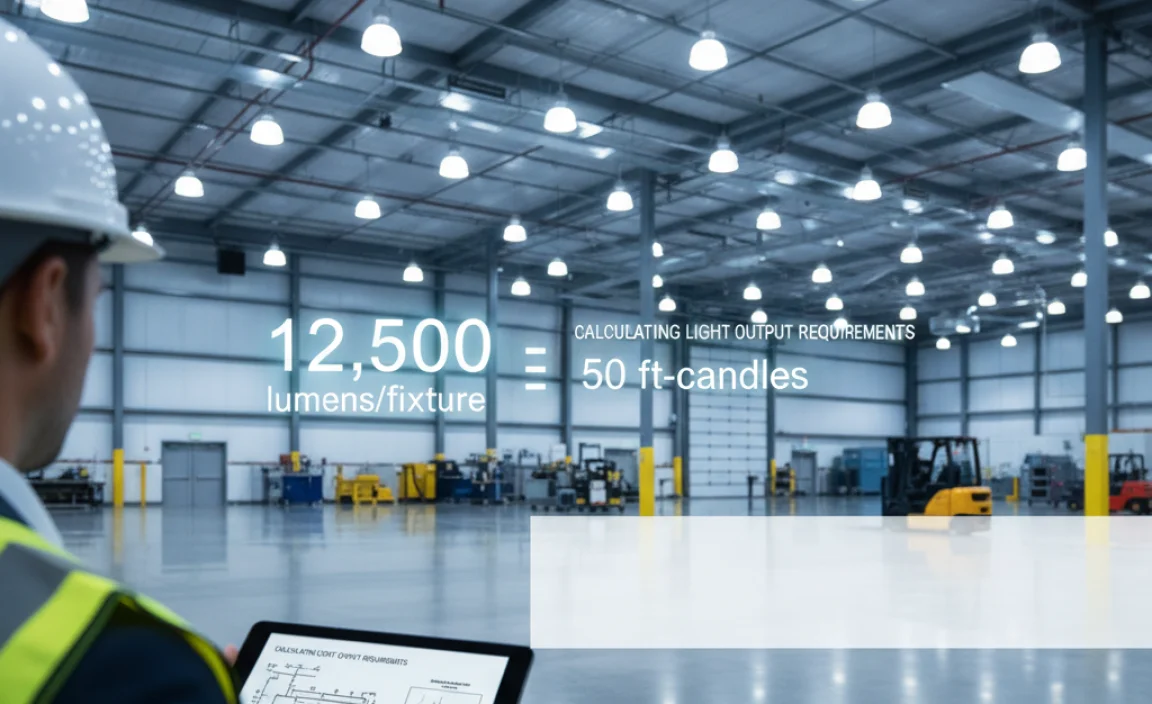
Understanding lumens and their importance. How to determine the required lumens for your space.
When brightening up a room, knowing lumens is key. Lumens measure how much light you get from a bulb. More lumens equal more light! To find how many you need, think about your space. A small area needs fewer lumens, while a big warehouse needs loads of them. You can use this simple guide:
| Room Type | Recommended Lumens |
|---|---|
| Living Room | 1,500-3,000 |
| Kitchen | 3,000-4,000 |
| Warehouse | 10,000+ |
Remember, too much light can feel like staring at a disco ball! Balance is everything.
Light Distribution and Spacing

The role of beam angles in light distribution. Recommended spacing guidelines for high bay lights.
Beam angles greatly affect how light spreads in a room. Narrow beams shine light in a focused spot, while wide beams cover more area. Choosing the right angle helps create the perfect feel, whether in a gym or a warehouse.
For placing high bay lights, follow these spacing tips:
- Use a spacing of about 1 to 1.5 times the height of the lights.
- For example, if lights hang 20 feet high, space them 20-30 feet apart.
This way, your space stays bright without dark spots. Good lighting keeps everyone safe and happy!
How many high bay lights do I need?
To find the right number of lights, consider your space size. Divide the total area by the recommended coverage area of each light. This gives a good estimate of how many lights are needed. Keeping light distribution in mind is key!
Installation Considerations
Proper installation practices for optimal performance. Safety regulations and compliance issues.
Installing high bay lights isn’t just about hanging them up and flipping a switch. First, you need to ensure they are placed at the right height for maximum brightness. You don’t want them too low, or they’ll be like lanterns in a cave! Safety is also key. Follow local safety regulations to avoid fines and ensure everyone’s safe from a “light” surprise. Remember to check compliance issues to keep your project shining brightly.
| Consideration | Importance |
|---|---|
| Height Placement | Optimal brightness |
| Safety Regulations | Ensures safety for all |
| Compliance Issues | Avoid fines and hazards |
Cost Considerations and Budgeting
Initial costs vs. longterm savings of different lighting types. Factors affecting overall installation costs.
Buying lights is like getting a pet. The initial cost might make you sweat, but it’s the long-term savings that keep your bank account happy! Choose wisely between types like LED and fluorescent. LEDs may cost more at first, but they use less energy and last longer. So, you laugh all the way to the bank while your lightbulbs are still shining bright!
| Lighting Type | Initial Cost | Lifetime Savings |
|---|---|---|
| LED | High | Significant |
| Fluorescent | Medium | Moderate |
Other factors like installation difficulty and local codes affect your budget, too. If you need more bulbs, remember that too many can make your space look like a disco party, which could be fun…or not! Planning ahead can save you cash and headaches. So, choose your lights carefully, and watch your savings grow brighter than your lights!
Common Mistakes to Avoid
Pitfalls when calculating the number of lights needed. Misunderstandings regarding lighting placement and spacing.
Many people make mistakes when figuring out how many lights to use. One common pitfall is forgetting to measure the space carefully. Without accurate measurements, you could end up with too many or not enough lights. Placement and spacing are also tricky. If lights are too close or far apart, the area won’t be lit well. Avoid these errors to get the best lighting results!
What are other mistakes to avoid?
It’s important to remember:
- Ignoring the height of the ceiling can lead to shadows.
- Not considering the type of activity in the space can cause poor visibility.
- Underestimating the brightness needed leads to a dull area.
Professional Assistance vs. DIY Approach
When to seek professional help for lighting design. Benefits and drawbacks of a DIY lighting project.
Choosing the right lighting can be tricky. Sometimes, getting help from a professional is the best choice. They have experience and tools to create the perfect design. If you’re unsure about your DIY skills, it’s wise to ask for support. However, doing it yourself can be fun and save money. Check out the pros and cons:
- Benefits of Professional Help: Expertise, time-saving, and custom designs.
- Drawbacks of Professional Help: Higher costs and less personal touch.
- Benefits of DIY: Cost savings and creative freedom.
- Drawbacks of DIY: Time-consuming and risk of mistakes.
When should I seek professional help for lighting design?
You should ask for professional help if you feel lost or unsure. They can help you create a lighting plan that suits your needs. Also, if you want a really special look or have a big space, it’s smart to get expert advice.
Case Studies and Examples
Realworld examples of successful high bay light installations. Lessons learned from improper lighting setups.
Many companies have improved their spaces with high bay lights. For example, a warehouse switched to these lights. They saw a 30% drop in energy costs. Proper lighting made their employees safer and happier.
On the other hand, some installations went wrong. Poor placement left dark spots. Workers had trouble seeing, which caused accidents. These cases show that careful planning is essential.
- Improved visibility leads to better safety.
- High energy bills can arise from poor setups.
- Always test lighting placements before final installation.
What are common mistakes with high bay light setups?
Common mistakes include improper placement, using the wrong light type, and not considering ceiling height. Make sure to measure correctly and plan ahead!
Conclusion
In summary, determining how many high bay lights you need depends on your space’s size and height. Calculate the area and check the light’s intensity. We recommend starting with a lighting plan. Remember, proper lighting brightens your space and enhances safety. For more details, check out more resources on high bay lighting to get the perfect setup!
FAQs
What Factors Should I Consider When Determining The Number Of High Bay Lights Needed For My Space?
To decide how many high bay lights you need, think about a few things. First, look at the size of your space. Bigger areas need more lights. Next, consider how bright you want it. If you need a lot of light, add more lights. Finally, think about the type of activities in the room. Some activities need brighter lights than others.
How Do I Calculate The Appropriate Lumen Output Required For My High Bay Lighting Setup?
To find the right lumen output for your high bay lights, you need to know the size of the area you want to light up. First, measure the length and width of the space. Then, multiply those numbers to get the total square footage. Next, think about how bright you want the lights. For most spaces, you’ll need about 50 to 100 lumens per square foot. Finally, multiply the square footage by the lumens you need. This will give you the total lumen output for your lights.
What Is The Optimal Mounting Height For High Bay Lights To Ensure Uniform Lighting Coverage?
The best height for high bay lights is usually between 15 to 25 feet. This height helps spread light evenly across a big area. If you mount them too high, some spots may be too dark. If they are too low, you might have bright spots and shadows. So, finding the right height is important for good lighting!
How Do Different Types Of High Bay Lights (Led, Fluorescent, Hid) Affect The Number Of Fixtures Required?
Different types of high bay lights can change how many we need. LED lights are very bright, so we might need fewer of them. Fluorescent lights are less bright, so we usually need more fixtures. HID lights (High-Intensity Discharge) can also need a good number of fixtures to light the same space. Choosing the right type helps us use fewer lights and save energy!
Can I Use Lighting Design Software To Help Determine The Ideal Number Of High Bay Lights For My Warehouse Or Facility?
Yes, you can use lighting design software to figure out how many high bay lights you need. This software helps you see how much light your space needs. It shows the best places to put the lights. By using it, you can make your warehouse bright and safe!


